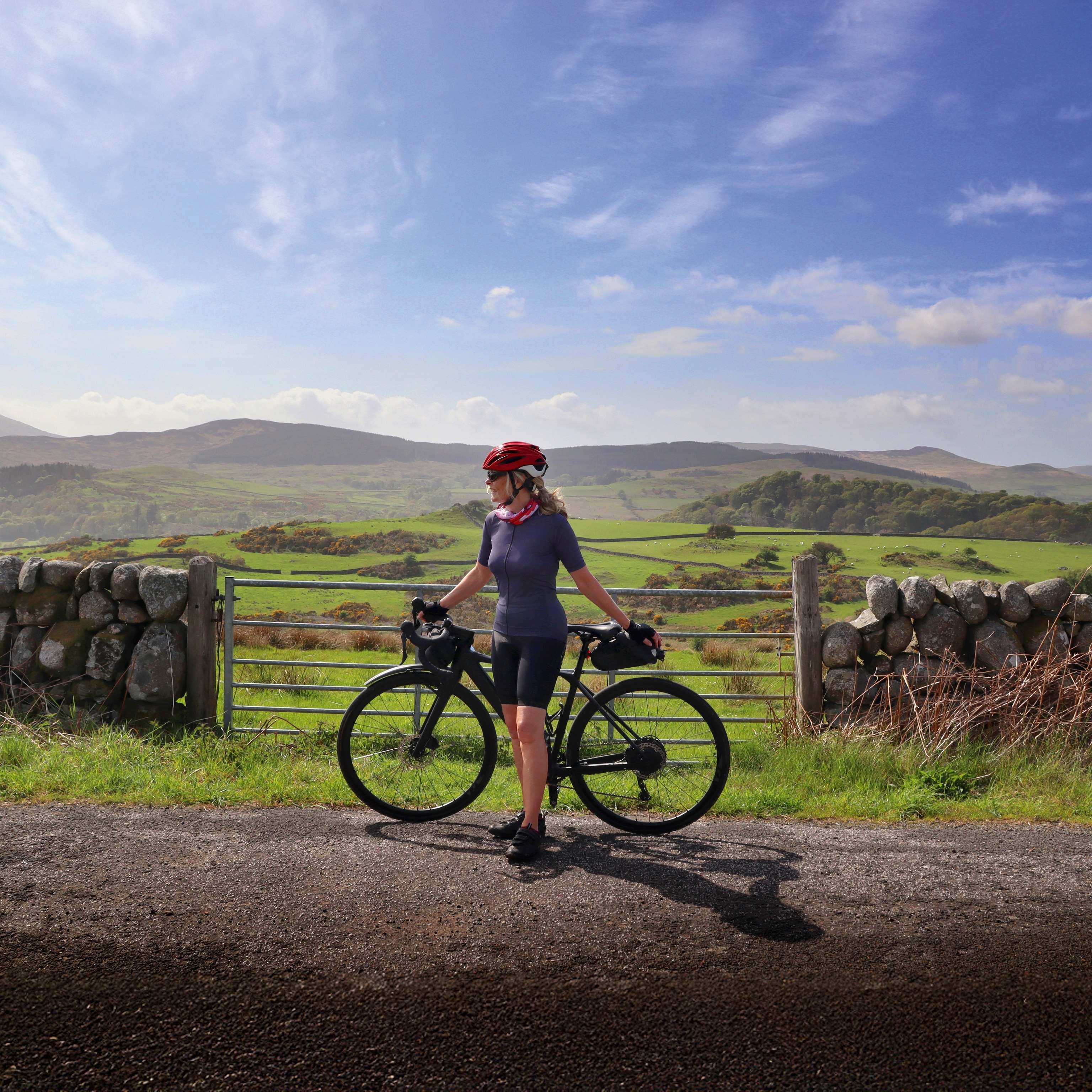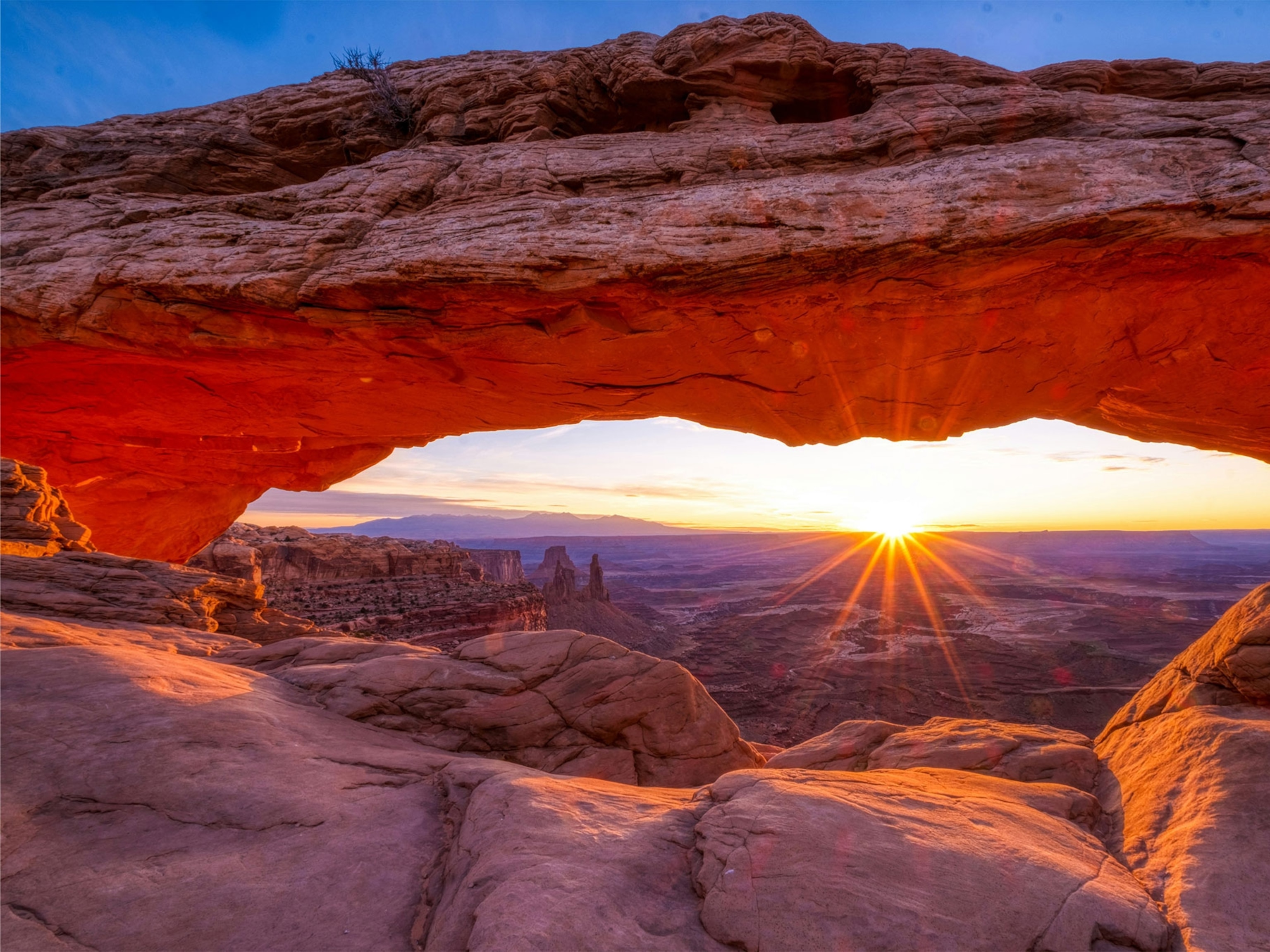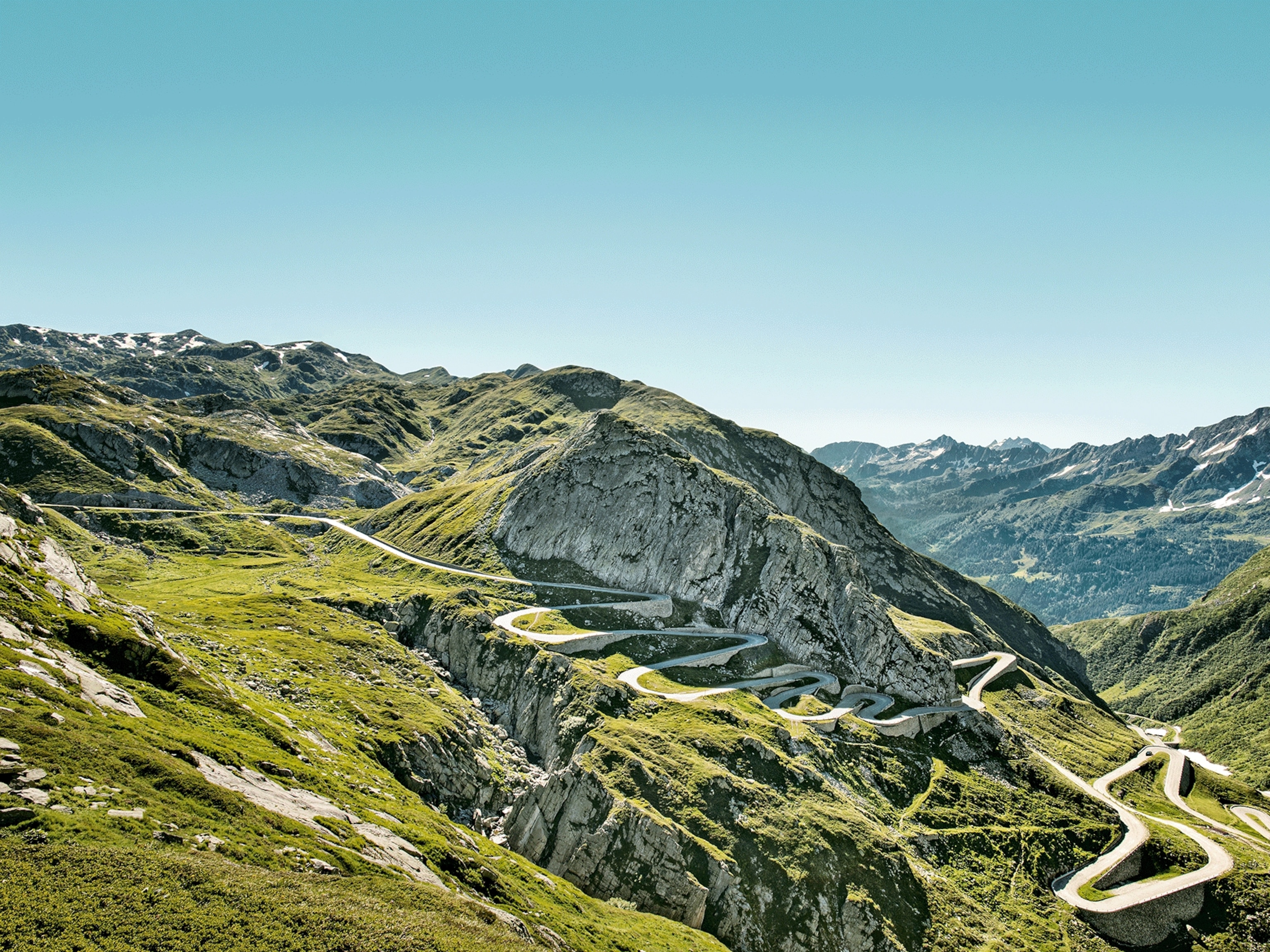American Bike Project: Crossing Appalachia
National Geographic Travel photographer Tyler Metcalfe recently quit his job and sold his possessions. Now he’s setting on the American Bike Project—an epic solo adventure of cross-country cycling that will take him 4,228 miles across the United States.
A burly man with long, gray hair sits on a riding lawn mower surrounded by a dozen or so chickens pecking at the ground. In a semicircle on either side of him are a handful of men, young and old, lounging in lawn chairs. Nearly everyone has a drink in their hand and they’re chatting casually while watching their friends compete in a game of cornhole.
Everyone is engaged in friendly conversation and seems to be focused on nothing overly pressing. Loose hiking attire and flip-flops are the dress code here, and one young man wears nothing more than a pair of shorts and a piece of cloth hung diagonally across his torso, giving the group a vagabondish look. I’ve seen this scene before at bluegrass music festivals, where people seem to shed all worries and are content to let themselves sink in to the weightlessness of each slowly passing moment. In this case, I have found a group of Appalachian Trail thru-hikers.
I am in the thick of the Appalachian Mountains, and after a few days of climbing over the Blue Ridge Parkway and into the mountains, I have descended into a lush valley and arrived at Four Pines Hostel, which sits just outside the small town of Catawba, Virginia. It is here where two great classic American trails intersect: The TransAmerica bike route and the Appalachian Trail.
As I roll up to the hostel, I recognize the fact that I am the lone cyclist among a group of 25 AT hikers. These people have been traveling together on and off for the last two months in what they call their “bubble,” and though many of these hikers were strangers upon first meeting at the starting point of the trail, they now live day-to-day with each other, carrying the comfort that comes with seasoned friendships, and refer to each other only by their trail names: Walnut, Obie, Mama Skillet.
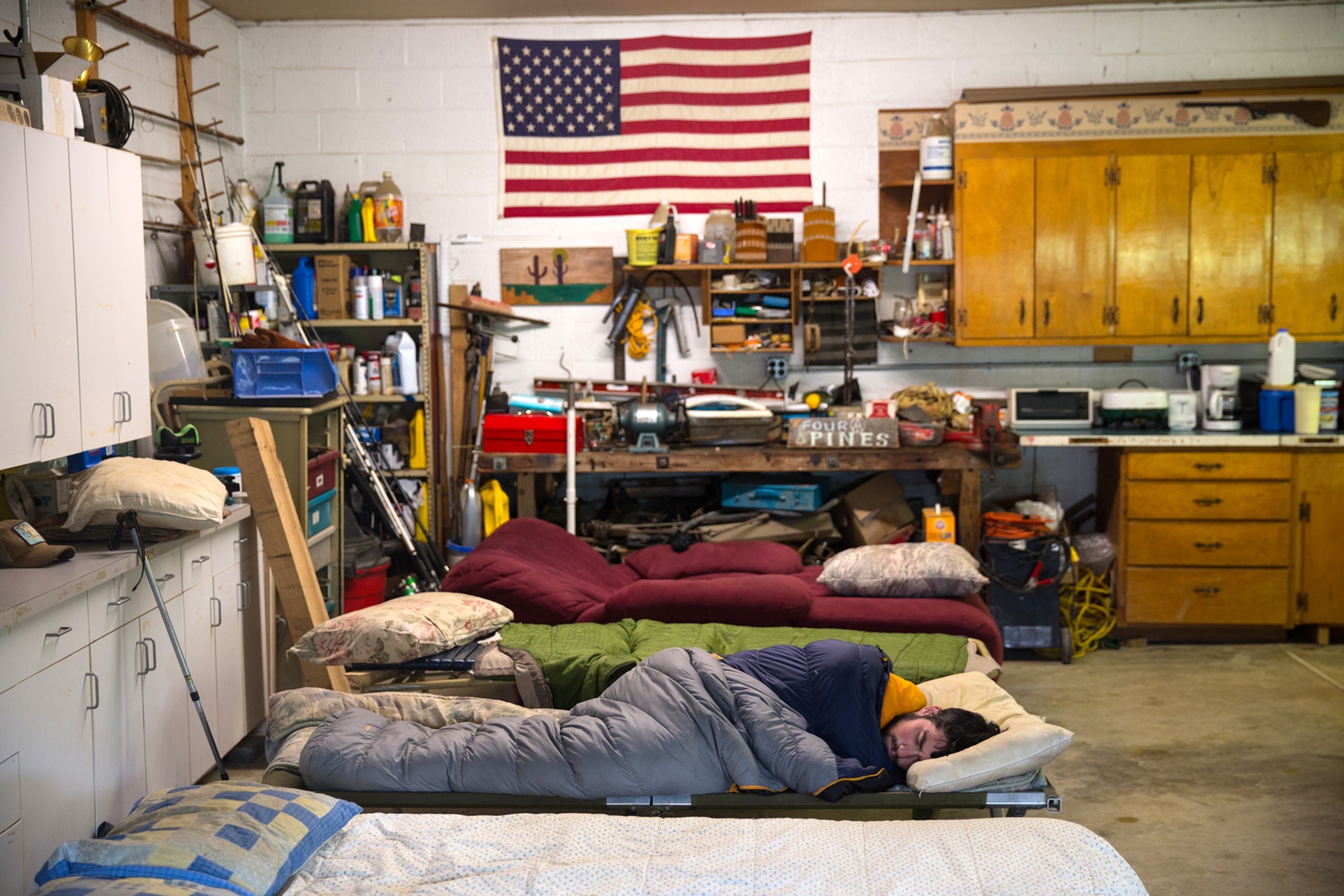
For a moment, I feel like an outsider stepping into the middle of a large family gathering, but before I have the chance to feel out of place they invite me to grab a drink and join them around the circle. After friendly introductions we find ourselves comparing the similarities between bike travel and backpacking, namely our constant desire for food and our intense obsession for packing as efficiently as possible. Though we come from two different worlds—mine being the open road, where I hop between multiple towns per day, and theirs being the dense forest, where they are separated from civilization for days at a time—we are both pursuing unique types of travel.
Each hiker has their own reasons for trekking the AT, but many of them tell me that the most rewarding parts have been their interactions with other people. Mama Skillet, an artist from Florida and one of only three women in the group of hikers, began section-hiking the trail a few years ago. As a painter, she was drawn to the natural beauty she hoped to find on the trail.
“My goal is to hike enough of the trail in each state in order to create a painting in each,” she says. “When I started hiking the AT, I didn’t think much about the other people I would meet along the way. But my interactions with people have been the best part of the trail experience for me. I love days when I get to come off the trail and into towns where I can meet new people.”
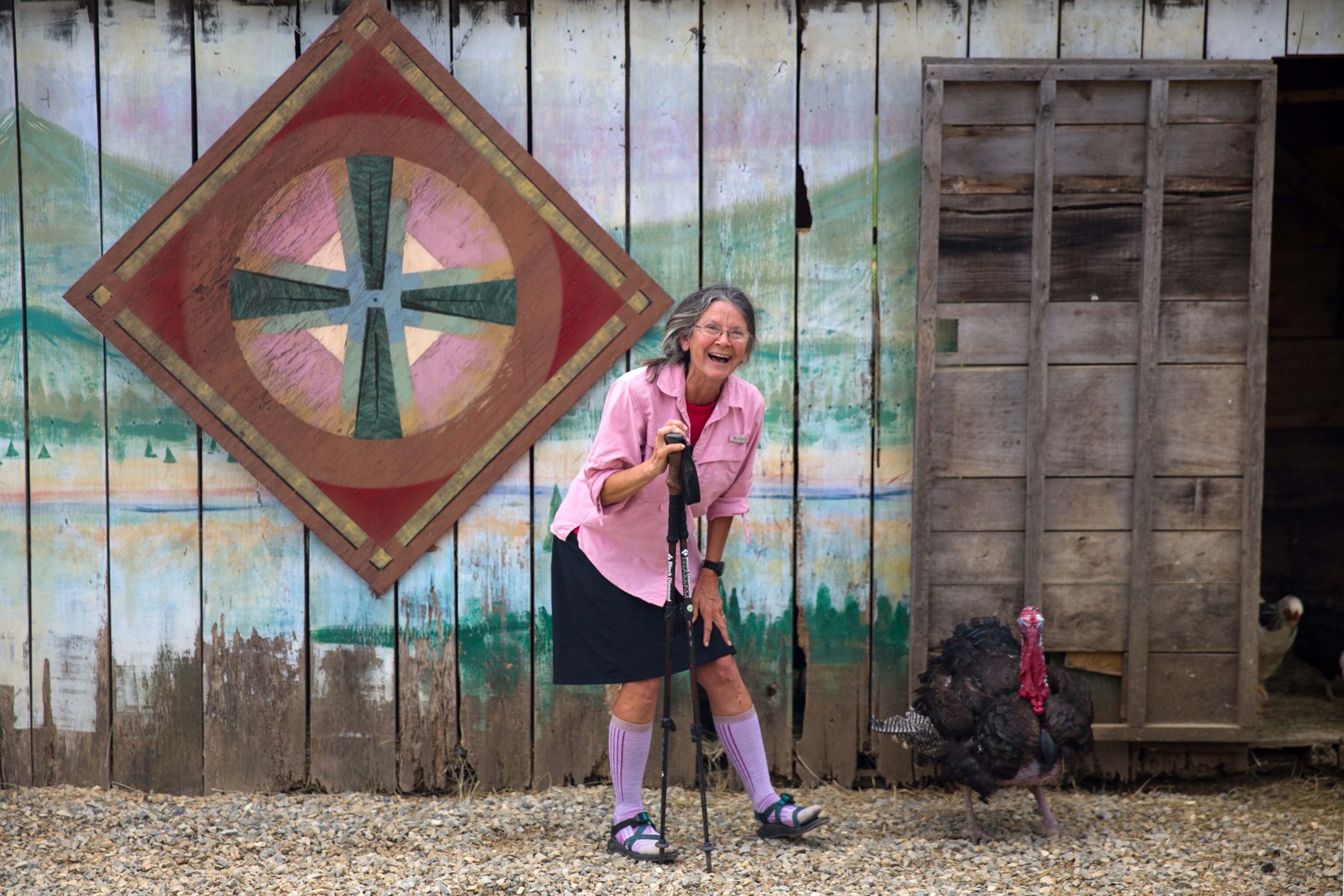
I spend the night getting to know the hikers at the hostel, and we take the opportunity to fill our bodies with much needed food, play card games, and share stories from our journeys thus far. When it’s time to turn in, I opt to sleep in the barn behind the hostel with a few other hikers, and I doze off happily to the sounds of chickens clucking in their pen next door.
Over the next three days I move westward, passing over steep and scenic mountain passes, where I’m rewarded with adrenaline-inducing descents. My body shifts gently into each turn of a long downhill stretch, and I feel myself overcome with the freedom delivered by the open road. I roll down the mountain and find myself at another intersection with the Appalachian Trail in the city of Damascus, Virginia.
Here, hikers come in droves. Damascus is a full-service town full of all the amenities a hiker could want, including two outdoor gear stores and a handful of hostels, bars, restaurants, and grocery stores. The AT travels straight through it. I spend two days here at a hostel called The Place, which hosts a number of hikers and cross-country cyclists each year. The manager of the hostel, who goes by his trail name, Bayou, tells me that the original Bikecentennial was responsible for the creation of the hostel in 1975.
Organizers of the Bikecentennial (now the TransAmerica route) contacted the United Methodist Church in town, asking if they could turn one of their unused buildings into a hostel for cyclists. The church welcomed the idea under the condition that Bikecentennial fronted the resources necessary to fix the place up. The Place was formed that year and has been hosting travelers from both the TransAmerica Trail and the Appalachian Trail ever since. The hostel sees a flood of new travelers move through each day, and I am happy to spend a few days here with the hikers, and with a roof over my head, as rainstorms move through the area.
- National Geographic Expeditions
Eventually I head west, and the landscape begins to take center stage. As I approach the border of Virginia and Kentucky, I am pleasantly surprised by the natural features found in the area, which can be summed up by the beauty of Breaks Interstate Park. Here, I pass flowing rivers and rocky canyons covered in a layer of green, and find an overlook to stand in silence and absorb the moment.
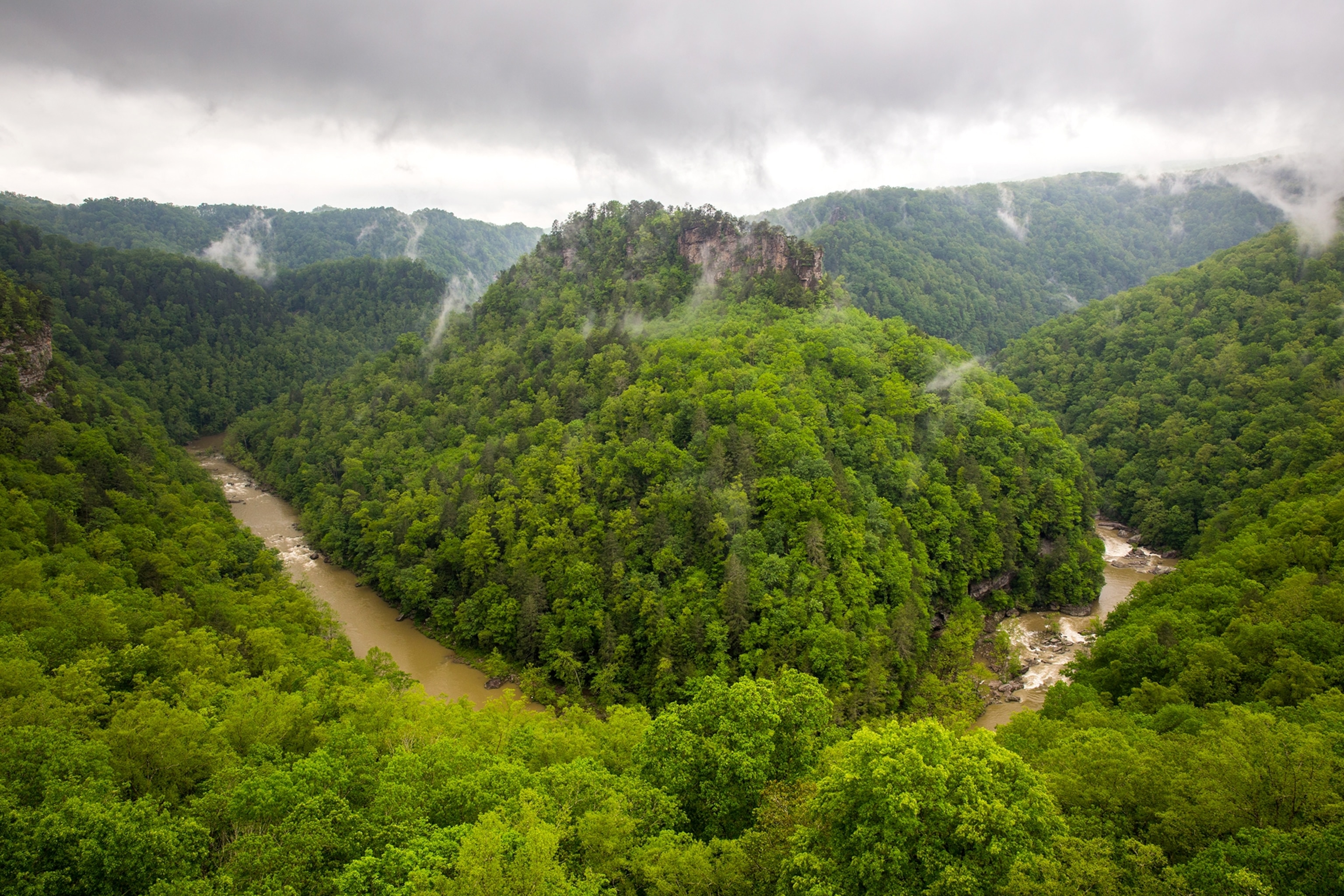
Moving farther westward into Kentucky, I battle steep climbs that seem to never end and territorial dogs that chase me through what seems like every neighborhood I pass. I cross roads with names like Salt Lick and Pan Fry and talk to locals about the ever decreasing number of coal-mining jobs in the region, and begin to see the distinguishing features as I tread through new territory.
In Hazard, Kentucky, I am hosted by my second warmshowers.org contact, Izzy, a cheery young fellow who graciously welcomes me and puts me up for the night in his spacious home. We spend the evening with a few of his friends, making homemade spring rolls and hot sauce, and we chat about their daily life in Hazard. Though the community has struggled economically, they talk about their goals to revitalize it. One of Izzy’s tactics: Draw cyclists into town from the TransAmerica Trail. “That is why I signed up to host through warmshowers.org,” he says. “It seemed like a great way to draw interesting people to Hazard.”
In my case, his tactic worked. Had I not contacted Izzy, I would have biked past the city without a second thought. Instead, I find a welcoming group of people. I think back to the months leading up to my departure for this cross-country bike ride, and much of what I was initially looking forward to was focused on the grand, scenic landscapes along the way. But in my first few weeks on the trail, the people I have met have been the true highlight of my journey. As I depart, I promise Izzy I’ll spread the good word about Hazard to any cyclists traveling in his direction. Then I continue westward, up and over the remaining sections of the rolling Appalachian Mountains.
